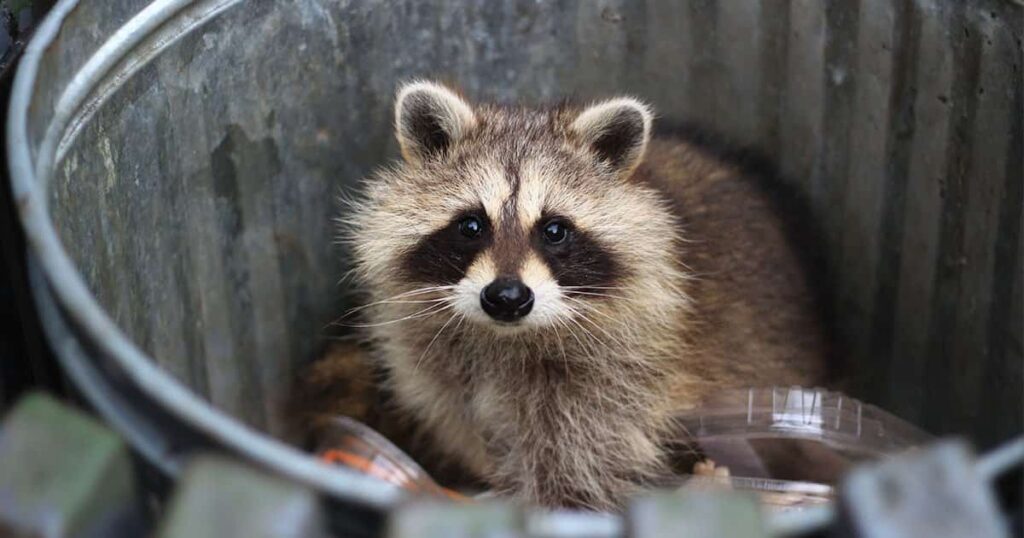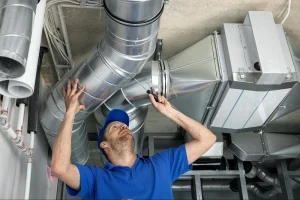Squirrels can be charming creatures, but when they invade your home, they can cause significant damage and become a nuisance. Evicting squirrels safely and humanely is essential to protect both the animals and your property. Here are step-by-step solutions to evict squirrels from your home, with insights from Capital Wildlife Squirrel removal.
Step 1: Conduct a Thorough Inspection
Before implementing any removal strategies, it’s crucial to conduct a thorough inspection of your property. A professional wildlife control expert will assess the extent of the squirrel problem, identify entry points, and evaluate the damage caused by squirrels. This assessment helps in developing an appropriate removal plan.
Step 2: Seal Entry Points
Once the inspection is complete, sealing all potential entry points is essential to prevent squirrels from entering your home. This includes repairing holes in the roof, walls, and foundation, as well as securing vents, chimneys, and crawlspaces.
Step 3: Use Humane Traps
Humane traps are an effective method for capturing squirrels without causing them harm. Professional wildlife technicians are trained to set up cage traps in strategic locations where squirrels are frequently seen or have created damage. Once trapped, the squirrels are safely relocated to suitable environments.
Step 4: Install One-Way Doors
One-way doors allow squirrels to exit your home but prevent them from re-entering. These devices are installed at entry points and are particularly useful for evicting squirrels from attics and other enclosed spaces.
Step 5: Remove Food Sources
Squirrels are attracted to easily accessible food sources. Ensure that bird feeders are removed or secured, pet food is kept indoors, and garbage cans are tightly sealed. Eliminating food sources will make your property less attractive to squirrels.
Step 6: Use Repellents
Natural repellents such as peppermint oil, vinegar, and predator urine can deter squirrels from your property. These substances can be placed in areas where squirrels are known to frequent. Additionally, motion-activated sprinklers and ultrasonic repellers can be effective in keeping squirrels at bay.
Step 7: Maintain Your Yard
Keeping your yard well-maintained can help deter squirrels. Trim trees and shrubs away from your home, remove fallen fruit, and keep the lawn free of debris. A tidy yard reduces hiding spots and makes your property less appealing to squirrels.
Step 8: Install Fencing
Installing fencing around your property can help keep squirrels out. Ensure that the fence extends underground to prevent squirrels from burrowing underneath. Electric fencing can also be an effective deterrent.
Step 9: Educate Yourself About Squirrel Behavior
Understanding squirrel behavior can help you implement more effective removal strategies. Squirrels are active during the day and use their strong sense of smell to find food and avoid predators. Knowing their habits can help you stay one step ahead.
Step 10: Hire Professional Wildlife Control Services
For persistent squirrel problems or if you’re unsure about handling the situation yourself, consider hiring a professional wildlife control service. Experts like Capital Wildlife Squirrel removal have the knowledge, experience, and equipment to safely and humanely remove squirrels from your property.
Conclusion
Evicting squirrels from your home requires a combination of effective strategies and professional expertise. By following these step-by-step solutions, you can protect your home and ensure the well-being of the squirrels. For comprehensive squirrel removal solutions, consult with Capital Wildlife. Their experienced team can provide personalized advice and implement effective removal plans to keep your property squirrel-free.






More Stories
4 Benefits of Hiring Professional Exterior Painting Services
How Moisture Containment Barriers Can Protect Foundations from Shifting Soil
Designing a Safe Pool: The Perfect Balance of Shape, Depth, and Safety